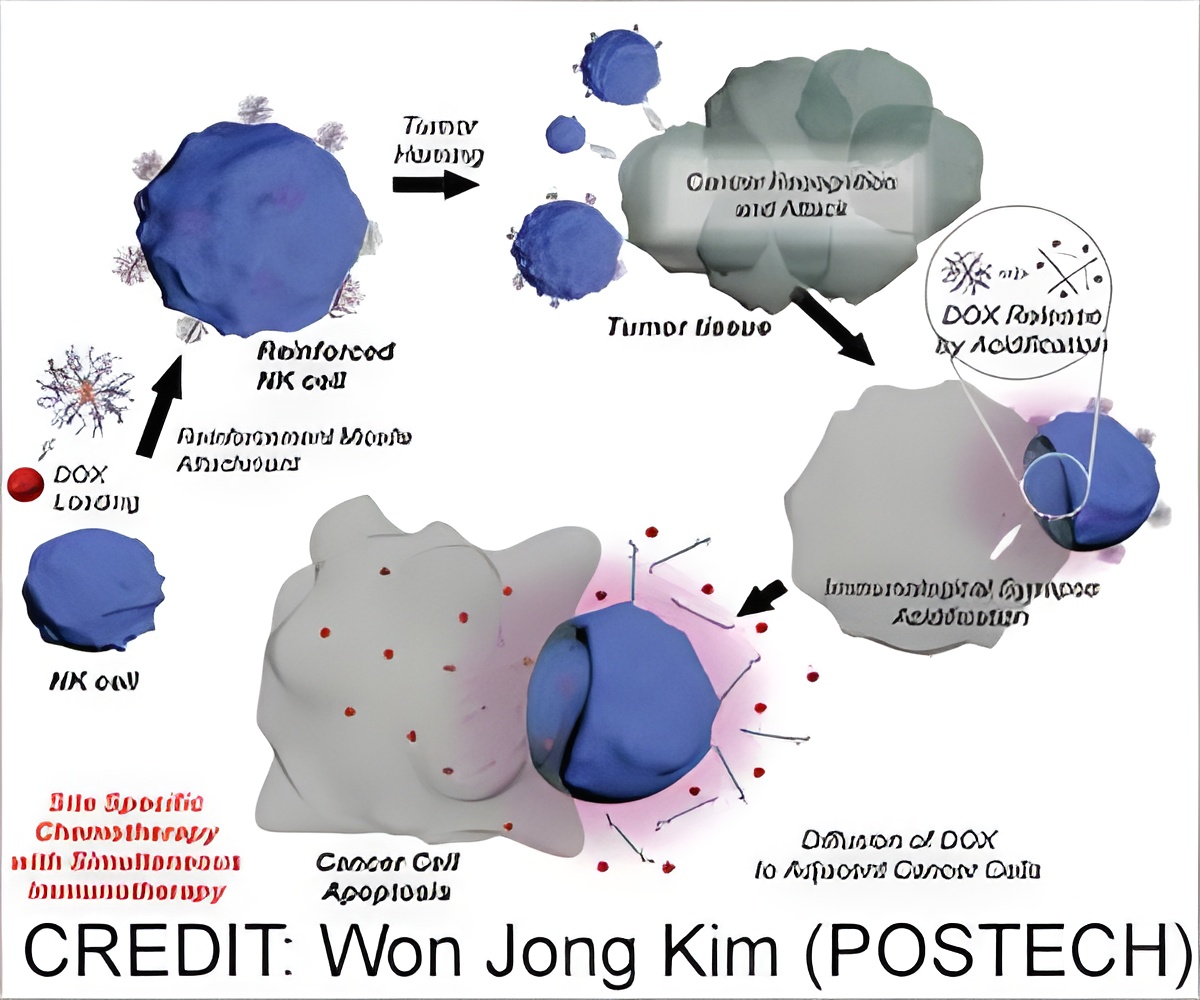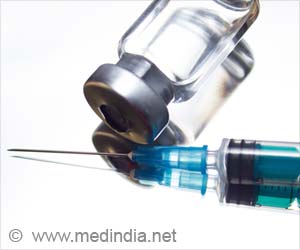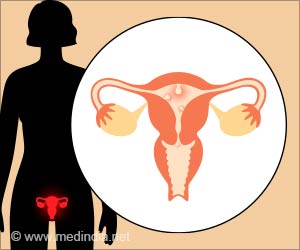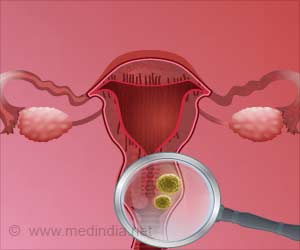PanDrugs is a web tool to assist in selecting personalized cancer therapies by calculating a score that combines both biological and clinical relevance.

PanDrugs2: prioritizing cancer therapies using integrated individual multi-omics data
Go to source) program analyses alterations in tumor genes, relates them to existing available drugs, and reports on the most suitable ones. It handles data on more than 4,600 genes and 14,600 chemical compounds. It generates information on around 74,000 associations between drugs and genes.
Pandrugs2 Helps to Consolidate Precision Medicine in Cancer Treatment
‘Precision’ medicine seeks to adapt treatments to the characteristics of each patient. Genome studies are providing more and more data to achieve this, but this very abundance of information is hampering the task.‘PanDrugs is a methodology that facilitates the interpretation of molecular alterations in cancer and guides the selection of personalized cancer treatments.#cancer treatment #genetics #cancer drugs’





Doctors must interpret numerous genetic alterations, and only a few will be relevant to diagnose the type and stage of each cancer and decide how to treat it. To facilitate this task, the PanDrugs2 software program has been generating reports to facilitate clinical decisions.PanDrugs2 analyses the genomic data of each patient in search of so-called ‘molecular targets’, in other words, molecules on which existing drugs act (2✔ ✔Trusted Source
Integrative omics for health and disease
Go to source). The platform calculates one scoring system for the relevant genes and another for drugs that could act on them.
The highest scores are received by drugs with the greatest scientific evidence as being effective against the therapeutic targets detected in patients. From these scores, the tool generates a ranking of treatments.
Researchers have sought a clear display format that is very easy for professionals to interpret, but still exhaustive. They want all the knowledge available so far to be useful in medical consultations.
PanDrugs2 improves on the previous PanDrugs platform, published five years ago. For example, it is the first platform that considers inherited (or germinal) mutations, in addition to those that originated after conception (or somatic) (3✔ ✔Trusted Source
The use of PanDrugs to prioritize anticancer drug treatments in a case of T-ALL based on individual genomic data
Go to source).
Advertisement
As for information regarding drugs, PanDrugs2 classifies them according to the type of disease for which they are indicated, the resistance they may generate; or the clinical phase in which they are: In the trial, US-approved, EU approved, experimental treatments, etc.
Advertisement
References:
- PanDrugs2: prioritizing cancer therapies using integrated individual multi-omics data - (https://academic.oup.com/nar/advance-article/doi/10.1093/nar/gkad412/7173696)
- Integrative omics for health and disease - (https://www.nature.com/articles/nrg.2018.4)
- The use of PanDrugs to prioritize anticancer drug treatments in a case of T-ALL based on individual genomic data - (https://bmccancer.biomedcentral.com/articles/10.1186/s12885-019-6209-9)
Source-Eurekalert











